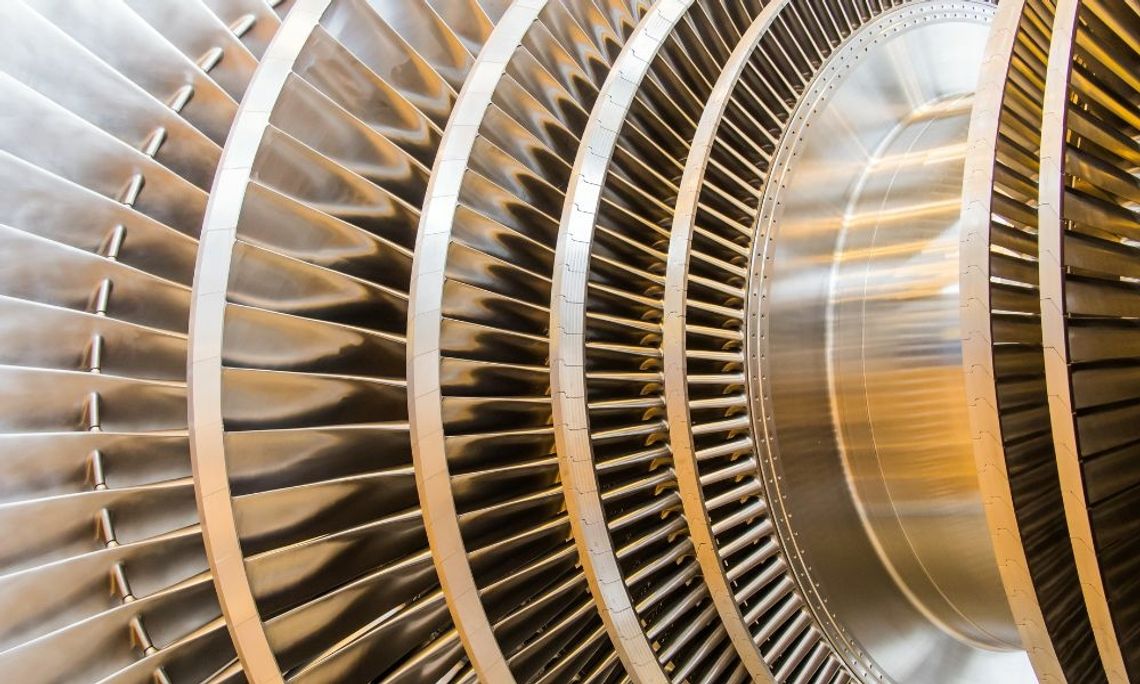Steam turbine maintenance strategies have shifted in the power industry. Newer machines require more maintenance than the previous steam turbines. Staying on top of steam turbine operation and maintenance is part of best practices. You want everything operating correctly.
Know Signs of Improperly Installed Turbines
You’re dealing with an improperly installed steam turbine if you notice any of these signs:
- Blade failure
- Premature bearing failure
- Nozzle degradation
- Premature coupling failure
Contact a professional straightaway to fix your turbine and install it correctly.
Check the Steam Quality
The steam in your turbine must be of the best quality. Since steam turbines generate power and electricity, they must operate at peak performance. Poor-quality steam affects the turbine efficiency and steam rates. Plus, it can lead to erosion on the blades, nozzles, and valves. Insulating the lines and components helps stop steam from distributing latent energy. This issue causes condensation to appear in the steam system.
You need reliable steam valves to operate your steam turbine properly. At a minimum, they should adhere to a class VI shutoff. Install a mechanical coalescing separator straightaway if the steam supply quality is questionable. This separator will stop low-quality steam from entering the turbine. Place this piece before the turbine inlet.
Manage Repairs for Steam Turbines
Strong communication and planning with your parts supplier(s) will help in your steam turbine repair success. Categorize the repairs into three main groups: rotor forging, rotating blades, and stationary seals and nozzles. Ensure the request for quotation includes a final inspection before shipping parts, agreed-on process inspection points, and a facility qualification review.
Properly Support Steam Piping
Pipes are dead weights. Therefore, the lines require adequate support. Commonly used supports include spring and rigid designs. These two support types hold up the lines but avoid guiding the pipes for expansion reasons. But rigid-style supports can restrict the movement of piping with expansion supports.
Supports, guides, and anchors are all specific parts of installations. The different components provide particular functions to assist and support the piping.
Operating and maintaining your steam turbine are best practices. The above guide will help ensure your turbine is operating at peak performance.


Comment
Comments